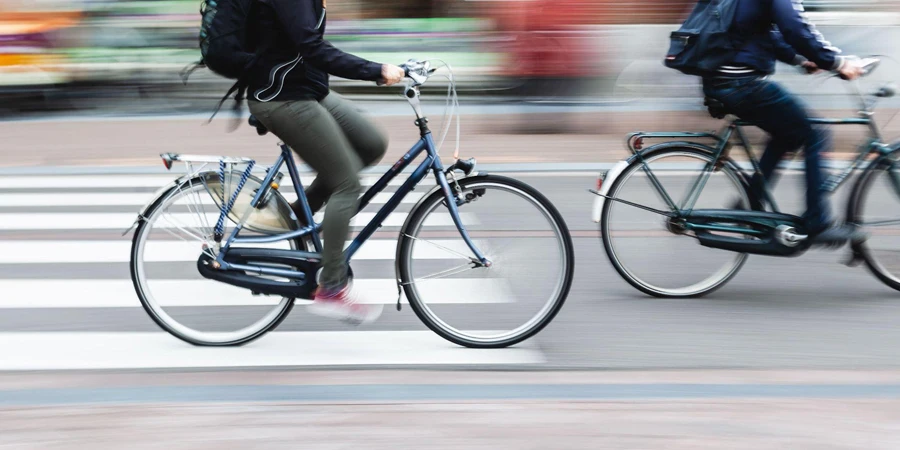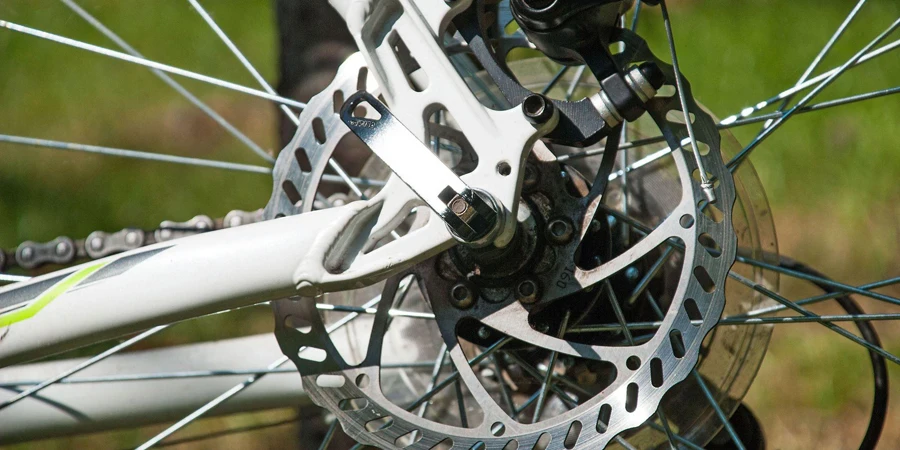Table of Contents
● Introduction
● City Bike Market Dynamics
● Key Considerations of Selection
● Conclusion
Introduction
In the bustling streets of urban landscapes, city bikes emerge as the quintessential companion for the modern commuter and leisure rider alike. As we pedal into 2024, the evolution of city biking reflects a blend of style, functionality, and sustainability. This guide is meticulously crafted to navigate business professionals and online retailers through the myriad of options, ensuring you help your customers find a city bike that not only matches their lifestyle but also enhances it.
City Bike Market Dynamics
The global bicycle market, encompassing city bikes among other types, is experiencing significant growth driven by factors such as urbanization, environmental concerns, and a rising awareness of health and fitness.
Market Size and CAGR
- Global Bicycle Market Size: The global bicycle market was valued at USD 70,497.5 million in 2023 and is expected to expand at a CAGR of 9.7% from 2023 to 2030.

Market Share and Regional Insights
- Asia Pacific: This region emerged as the dominant market in 2022, holding a revenue share of 34.0%. It is also the region with the highest market share, accounting for 30% of the overall market. The demand in Asia Pacific is driven by infrastructure development to support bicycle commuting, with countries like China, Japan, and Singapore leading the way.
- Europe: Europe is expected to register the highest growth rate among regions, with a CAGR of 11.1% over the forecast period. The growth in Europe is attributed to government initiatives promoting cycling and the development of cycling infrastructure.
Market Segmentation and Trends
- Product Segmentation: The bicycle market includes various products such as mountain bikes, hybrid bikes, road bikes, and cargo bikes. Road bicycles accounted for the largest revenue share of over 40.1% in 2022.
- Technology Segmentation: The market is segmented into electric and conventional bicycles, with conventional bicycles holding the largest market share due to their lower maintenance and repair costs.
- End-user Segmentation: Men are the fastest-growing segment, holding 40% of the overall market share, driven by the rising adoption of bicycles for various activities including commuting, sports, and recreation.
This growth is attributed to technological advancements, the rise of bike-sharing platforms, and an increasing number of bike lanes in cities worldwide. The market is competitive, with leading brands innovating to meet consumer demands for comfort, durability, and style.
Key Considerations of Selection
Frame Material: The Backbone of Your Ride
Aluminum stands out as a popular choice for city bike frames due to its lightweight nature, making bikes easier to handle, especially when navigating through busy streets or when carrying the bike up stairs or onto public transportation. Its resistance to rust is a significant advantage for riders in cities where bikes are often exposed to varying weather conditions, ensuring longevity and reducing maintenance needs.
Steel, a traditional material for bike frames, is prized for its exceptional durability and strength. It offers a comfortable ride, thanks to its natural ability to absorb shocks and vibrations from uneven urban roads, providing a smoother experience for the rider. However, this comes with the trade-off of increased weight, which can make the bike more challenging to transport manually.
Carbon Fiber represents the premium segment in city bike frame materials, offering an unparalleled blend of lightness and strength. This high-tech material allows for the construction of bikes that are both incredibly lightweight and exceptionally strong, delivering superior performance. However, this performance comes at a higher cost, making carbon fiber frames a choice for those willing to invest more in their urban cycling experience.
Gearing: Navigating the Urban Terrain
Single-Speed Gearing is synonymous with simplicity and minimalism, making it an excellent choice for cyclists in flat urban areas. The absence of gear shifts translates to a streamlined and lightweight design, reducing the potential for mechanical issues and simplifying maintenance. This setup is ideal for riders who value a straightforward cycling experience and who primarily navigate through relatively flat cityscapes. The single-speed city bike offers a direct connection between the rider’s effort and the bike’s response, making it a favored option for those seeking a pure and uncomplicated riding experience.
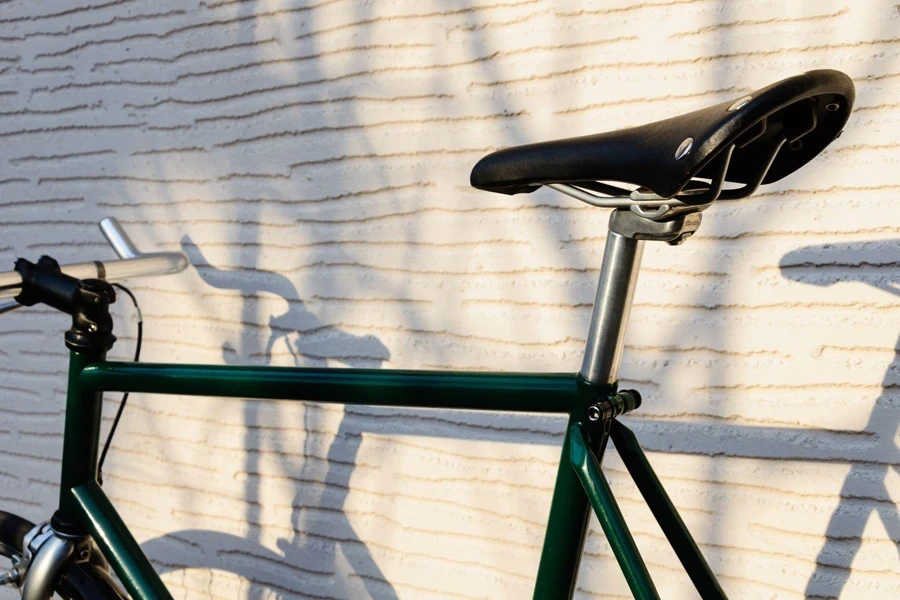
Multi-Speed Gearing, on the other hand, is indispensable for navigating the varied terrain of hilly cities. Equipped with a range of gears, multi-speed city bikes provide riders with the flexibility to adjust their pedaling effort in response to different terrains, whether it’s an uphill climb or a downhill glide. This versatility is particularly beneficial in urban environments with diverse topographies, allowing for a more comfortable and efficient ride across varying inclines. The ability to shift gears not only enhances the bike’s adaptability to different road conditions but also contributes to a more enjoyable and less strenuous cycling experience, especially over longer distances or when carrying loads.
Brakes: Your Safety Net
Rim Brakes are a widespread and economical option for city bikes, favored for their simplicity and ease of maintenance. This type of brake system operates by applying friction to the wheel’s rim to slow down or stop the bike. Rim brakes are particularly well-suited for dry urban environments where the likelihood of encountering wet or muddy conditions is low. Their cost-effectiveness and straightforward mechanism make them a popular choice among casual city cyclists and commuters who prioritize efficiency and minimal upkeep. However, their performance can be compromised in wet or dirty conditions, as the presence of water or debris on the rim can reduce the brake’s grip.
Disc Brakes, on the other hand, are renowned for their exceptional stopping power and performance consistency across a wide range of conditions, including wet and muddy environments. Unlike rim brakes, disc brakes apply force to a rotor attached to the wheel hub, allowing for more precise and powerful braking. This makes them an ideal choice for cyclists in rainy climates or those who navigate through varied urban terrains, where the ability to stop quickly and reliably is paramount. Disc brakes offer a higher level of control and durability, albeit at a higher cost and with more complex maintenance requirements compared to rim brakes.
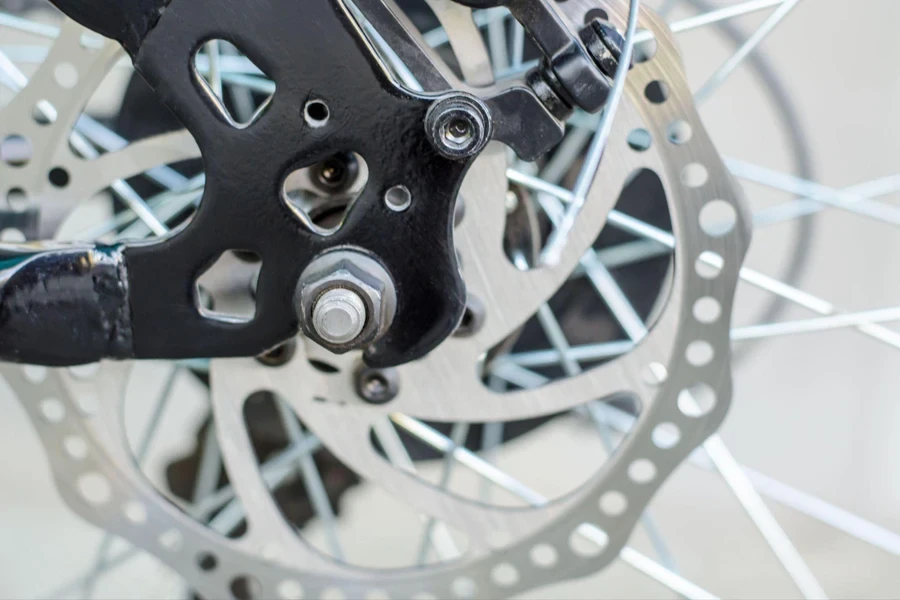
Tires: The Contact Point
Wider tires are becoming increasingly popular among city cyclists due to the enhanced comfort and stability they provide. The increased contact area with the road surface allows for better shock absorption over bumps and uneven pavement, making for a smoother ride. Minimal tread patterns are typical for city bike tires, as intricate treads are unnecessary on the mostly smooth and paved urban roads. This combination of wider tires and minimal tread is designed to optimize the riding experience on the varied surfaces encountered in the urban landscape, from asphalt to cobblestones, providing a balance between grip and rolling efficiency.
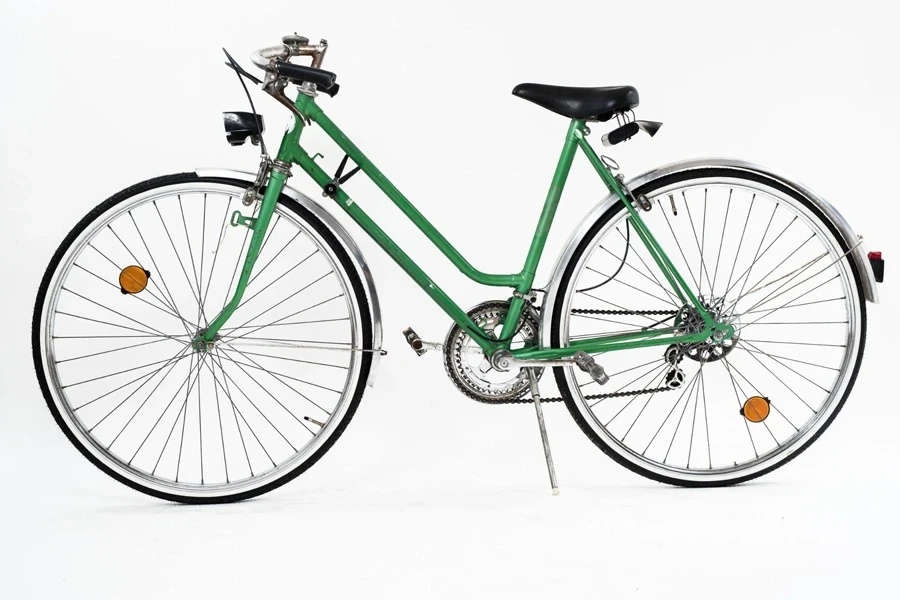
For city riders, puncture resistance is a paramount feature, given the prevalence of debris and sharp objects on urban streets that can lead to frequent flats. Tires designed with enhanced puncture resistance incorporate durable materials and protective layers that shield the inner tube from being punctured by glass, thorns, and other sharp objects. This feature is invaluable for commuters and urban cyclists who rely on their bikes for daily transportation, as it significantly reduces the downtime and inconvenience caused by tire punctures. Investing in puncture-resistant tires can lead to a more reliable and maintenance-free riding experience, allowing city cyclists to navigate the urban terrain with confidence.
Comfort and Ergonomics: Ride with Ease
The choice of a seat (or saddle) is crucial for a comfortable riding experience, especially in an urban setting where rides can vary in duration and intensity. A well-padded seat can provide the necessary cushioning to reduce discomfort during longer rides or when navigating through bumpy city streets. Additionally, the ability to adjust the seat height is essential for tailoring the bike fit to the individual rider. Proper seat height adjustment ensures optimal leg extension during pedaling, which not only maximizes efficiency and power but also minimizes the risk of injury. A seat that offers easy adjustability allows riders to find their perfect riding position, enhancing overall comfort and ride quality.
The design and positioning of the handlebars are key to ensuring a comfortable and ergonomic riding posture. Handlebars that offer a comfortable grip can prevent hand and wrist fatigue, making longer rides more enjoyable. The shape and width of the handlebars should allow for a natural arm position, reducing strain on the shoulders and back. Additionally, the height and angle of the handlebars should be adjustable to accommodate different riding preferences, whether the rider seeks an upright position for better visibility and comfort or a more forward-leaning posture for efficiency and speed. Ensuring the handlebars support a posture that reduces strain can significantly enhance the riding experience, especially on longer urban journeys.
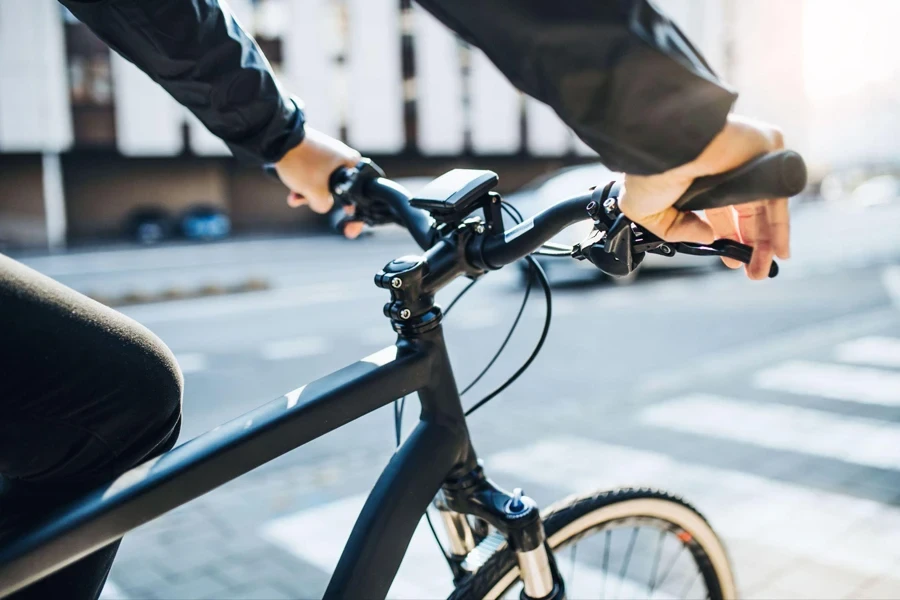
Accessories: Enhancing Your Ride
Fenders and Chain Guards: Essential for maintaining cleanliness, fenders protect against splashes from wet roads, while chain guards prevent clothing from getting caught or soiled, ensuring a cleaner ride in all conditions.
Racks and Baskets: These accessories are indispensable for urban cyclists, providing convenient storage solutions for personal items, groceries, or work essentials, facilitating easy transport on your bike.
Lights and Reflectors: Critical for safety, lights enhance visibility during low-light conditions, and reflectors ensure you are seen by others, significantly increasing safety during night rides or in poor weather conditions.
Conclusion
Selecting the best city bike is a journey that intertwines personal preference with practicality. In 2024, the market is ripe with options that cater to every type of urban rider, from the eco-conscious to the tech enthusiasts, and those seeking comfort or convenience. By considering the key aspects outlined in this guide, you’re well-equipped to help your customers make an informed choice that will transform their urban mobility experience, making every ride a journey worth taking.
